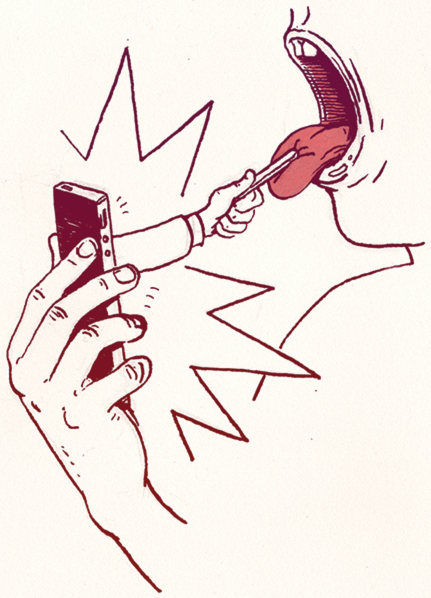ZEITGUIDE TO PAINKILLERS

While we await final word on what caused Prince’s death, reports that painkillers might have played a role have focused new attention on the national epidemic of opioid addiction.
The Centers for Disease Control and Prevention reports the 30,000 annual deaths from opioid overdoses rivals the yearly carnage from car crashes(33,804) and gunshots (33,636).
Although the U.S. accounts for only 4.6% of the world’s population, Americans use 80% of the world’s opioids. In 2012, Vox reported that U.S. physicians wrote 259 million prescriptions for opioid painkillers, equivalent to one bottle of pills for every adult in the country.
WHAT ARE OPIOIDS?
If you had your wisdom teeth removed or threw out your back, your doctor might have prescribed you an opioid such as OxyContin, Vicodin or Percocet. Like heroin, opioids are derived from the poppy plant, so they hijack the brain in the same way and create the same physical dependence.
THE PROBLEM
The problem stems from an era of aggressive prescribing. Purdue Pharma, makers of OxyContin, launched a highly effective marketing plan in the 1990s touting it as a 12-hour painkiller, even though it wore off early for many patients in drug trials. When it does wear off, as the Los Angeles Times noted in a recent investigative report, “patients can experience excruciating symptoms of withdrawal, including an intense craving for the drug.” (This week, a judge ordered the makers of OxyContin to release previously secret documents related to their marketing practices.)
Constricting the availability of prescription painkillers, though, appears to have caused a spike in heroin deaths. “No one considered the fact that these people aren’t going to go away,” Theodore J. Cicero, a top opioid researcher at Washington University, told Rolling Stone. “You make their drug harder to get, they don’t just stop taking drugs. They switch to something else. Heroin has turned out to be a very inexpensive, readily accessible alternative.”
This epidemic has struck middle-aged, middle-class whites particularly hard. Opioid overdoses have contributed substantially to a rise in mortality rates among white Americans age 45 to 54, a phenomenon that is rare in advanced societies outside wartime, as The New Yorker observed.
FINDING SOLUTIONS
Finding solutions is now a hot topic in social and political conversations and there’s even some measure of bipartisanship. The Obama administration has proposed spending $1.1 billion to improve access to drug treatment clinics and $500 million for state-level prevention programs. State lawmakers in New York, Maryland and California, along with city officials in Seattle, San Francisco and Ithaca, N.Y., are considering opening supervised drug-injection sites to reduce deadly overdoses.
The FDA has now mandated specific addiction warning labels on opioid drugs. The CDC is telling doctors to try to treat pain first with non-opioids. “The science of opioids for chronic pain is clear,” said Tom Friedan, the director of the CDC. “For the vast majority of patients, the known, serious and all-too-often fatal risks far outweigh the unproven and transient benefits.”
Other alternatives may come from Pharma start-ups such as Boston-based Blue Therapeutics, which is developing a painkiller that’s stronger than morphine but non-addictive. And of course, some are advocating for the use of medical marijuana as an option. Sen. Elizabeth Warren (D-Mass.) wrote a letter asking the CDC to investigate alternative pain relief options, including “the impact of the legalization of medical and recreational marijuana on opioid overdose deaths.”
It will take more than a single approach to begin to turn the tide. As Rep. Hal Rogers (R-Ky.) recently wrote in a CNN opinion piece, “As we’ve sought out that silver bullet to solve this unique problem, the sad reality is that the scope of the problem has only grown — and now we’re losing 78 people per day to this senseless and preventable epidemic.”
